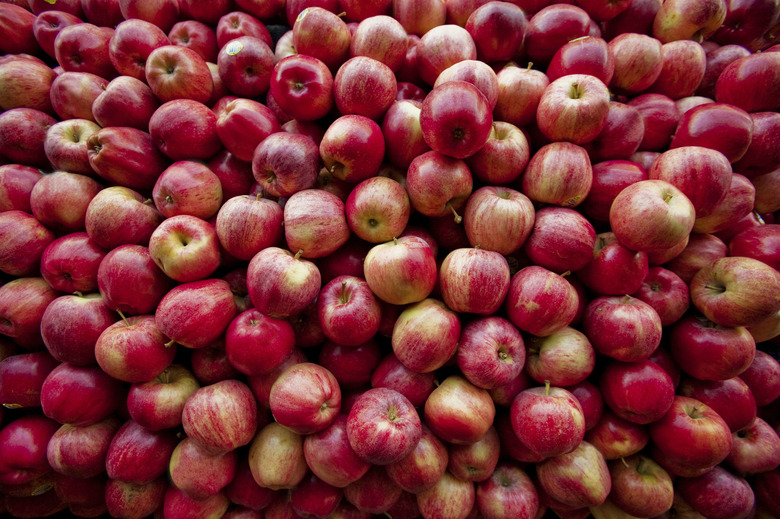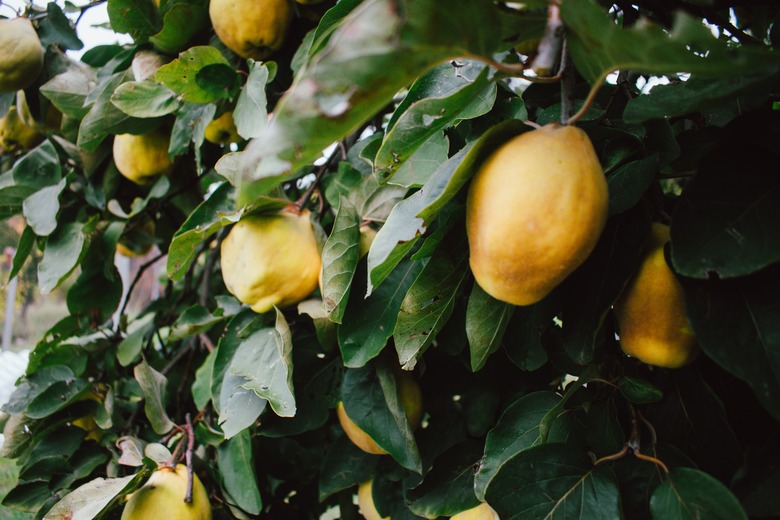Is An Apple A Citrus Fruit?
Learning which fruits are considered citrus and which belong to the other families is a fundamental part of becoming an informed gardener.
According to Palomar College Department of Natural History, **apples (Malus x domestica) are classified as pome fruit, not citrus fruit.** Apples differ from citrus fruit in their fruit structure and cold tolerance, which limits them to cultivation within U.S. Department of Agriculture plant hardiness zones 3 to 8, unlike the heat-loving citrus species that thrive in frost-free climates.
Tip
Apples are not citrus fruits. They are pome fruits that belong to the rose family.
Which Fruits Are Considered Citrus Fruits?
All citrus fruits belong to the genus Citrus. Some common examples of citrus fruit varieties are lemons (Citrus x limon), sweet oranges (Citrus x sinensis) and limes (Citrus x latifolia).
According to the Clemson Cooperative Extension, most citrus varieties grow well outdoors within U.S. Department of Agriculture plant hardiness zones 8 to 11, but hardiness varies between species and cultivars. Citrus fruit trees originated in the tropics and subtropics and, as a result, they are very sensitive to cold temperatures. Outside their preferred hardiness zone range, citrus trees should be grown in pots and brought indoors during the winter months.
The technical term for the type of fruit produced by citrus trees is "hesperidium." A hesperidium fruit is a berry with a leathery, oil-rich rind. Inside, hesperidium fruit have segments containing fluid-filled sacs, which is what makes oranges, lemons and limes so juicy. The fluid-filled sacs are actually specialized hair follicles. All parts of a hesperidium fruit differ greatly from pome fruit, such as apples.
Which Fruits Are Considered Pome Fruits?
According to the University of California Cooperative Extension, apples, pears and quince are all considered pome fruits. The two most common pome fruits in home cultivation are apples and pears, such as the common pear tree (Pyrus communis) and the Asian pear (Pyrus pyrifolia), both of which grow best in USDA plant hardiness zones 3 to 10.
The quince (Cydonia oblonga), a deciduous tree sometimes grown within USDA plant hardiness zones 5 to 8, is a less common pome variety grown for its fragrant fruit. Pome fruits vary in shape, color and flavor, but all share key traits in common.
Pome fruit belong to the plant family Rosaceae, which is the rose family. According to the Michigan State University Extension, pome fruit all have a seedy core surrounded by a tough membrane and an outer layer of edible flesh. The flesh can be sweet, as in apples and pears, or very tart, as in quince fruit. The skin of pome fruit is typically thinner than hesperidium fruit, with a smooth surface.
All About Apples
The most common pome fruit grown in home gardens is the apple. According to the Iowa State University Extension, roughly 7,500 apple varieties are grown worldwide, and 2,500 varieties are grown in the United States alone.
Each apple cultivar needs a certain number of chill hours to set fruit. So not only is an apple a fruit that performs best in temperate climates, but it actually needs cold temperatures to set fruit. Although some apple cultivars are bred to grow and perform well in warmer areas, most apples are best suited to cooler climates where temperatures dip between 32 and 45°F for a few weeks in winter.
According the University of Minnesota Extension, apple trees grow best with eight hours of full sun during the growing season and fertile, fast-draining soil. It is recommended to plant apple trees away from other trees where they will receive good airflow, which will help prevent fungal problems. Apple trees are fairly carefree, but they will set a better crop and live a longer, healthier life if given plenty of hands-on care, such as pruning, mulching, watering and pest control.
References
- Palomar College Department of Natural History: Fruit Terminology
- Michigan State University Extension: Plant Science at the Dinner Table: Apples
- University of California Cooperative Extension: Pome Fruits
- Iowa State University Extension: Apples and More Apples!
- Clemson Cooperative Extension: Citrus
- University of Minnesota Extension: Growing apples in the home garden

